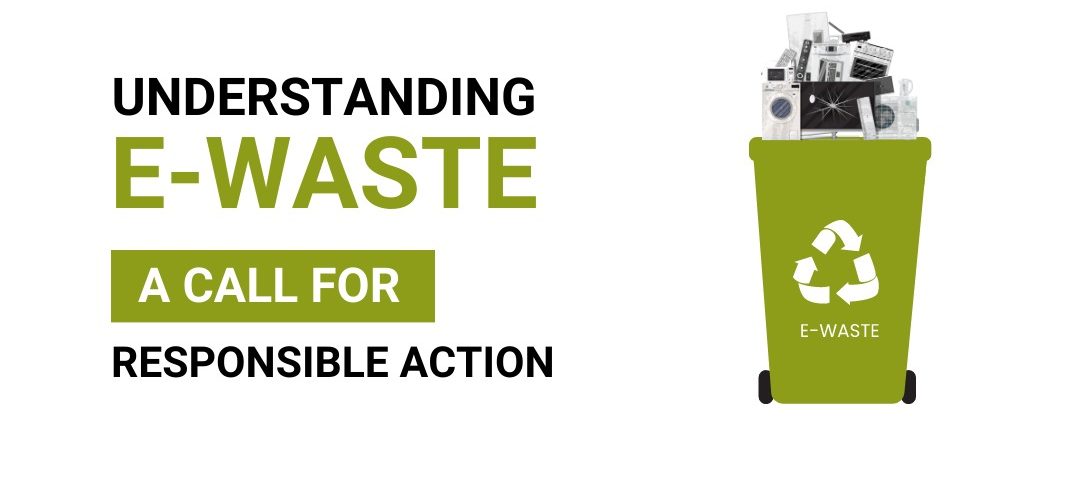In our modern world, technology has become an integral part of our daily lives. We rely on electronic devices for work, entertainment, communication, and education. However, the rapid pace of technological advancement has brought forth a new challenge – e-waste. Today, let’s explore what e-waste is and why it is crucial to address this issue.
📱💻 What is E-Waste?
E-waste refers to electronic devices that have reached the end of their useful life, become obsolete, or are no longer in use. This category encompasses a wide range of electronic devices, including computers, laptops, smartphones, tablets, televisions, printers, and household appliances. These devices contain valuable and hazardous materials, which, if not properly disposed of, can harm the environment and human health.
🔌💡 Types of E-Waste: Understanding the Diversity
To effectively manage and recycle e-waste, it’s essential to grasp the different types of electronic waste. Here are some common examples:
1️⃣ Computers and Laptops:
These devices, commonly used in our daily lives, can quickly become outdated or malfunction. They contain toxic substances such as lead, mercury, and cadmium, which can have severe environmental consequences if not disposed of correctly.
2️⃣ Mobile Devices:
Smartphones and tablets, indispensable companions, also contribute significantly to e-waste. Despite their smaller size, they contain toxic elements like lead and mercury. Moreover, frequent upgrades and replacements intensify the e-waste challenge.
3️⃣ Televisions and Monitors:
Older televisions and computer monitors with cathode ray tubes (CRTs) contain hazardous lead, posing risks to both human health and the environment. The rise of flat-screen displays has led to the disposal of substantial CRT e-waste.
4️⃣ Appliances:
Household appliances like refrigerators, air conditioners, and washing machines contain electronic components that can become e-waste. These devices are particularly challenging to recycle due to the presence of hazardous refrigerants, oils, and gases.
🌟🔄 Taking Responsible Action
Addressing the e-waste problem requires collective responsibility. Here’s how we can make a positive impact:
1️⃣ Educate: Learn about proper e-waste disposal methods and share this knowledge with others. Awareness is key to driving change!
2️⃣ Recycle: Find authorized e-waste recycling centers in your area. By recycling electronic devices, we can recover valuable resources and minimize environmental harm.
3️⃣ Donate or Sell: Consider donating functional devices to organizations or individuals who can benefit from them. Selling or exchanging electronics can also extend their lifespan and reduce e-waste.
4️⃣ Repair and Repurpose: Instead of discarding a malfunctioning device, explore repair options. Additionally, get creative and repurpose old electronics for new uses.
Let’s join forces to tackle the e-waste challenge and create a sustainable future for generations to come. Together, we can make a difference! 💚🌎
#EWasteAwareness #RecycleResponsibly #SustainabilityMatters #TechForGood #ReduceReuseRecycle #GoGreen



